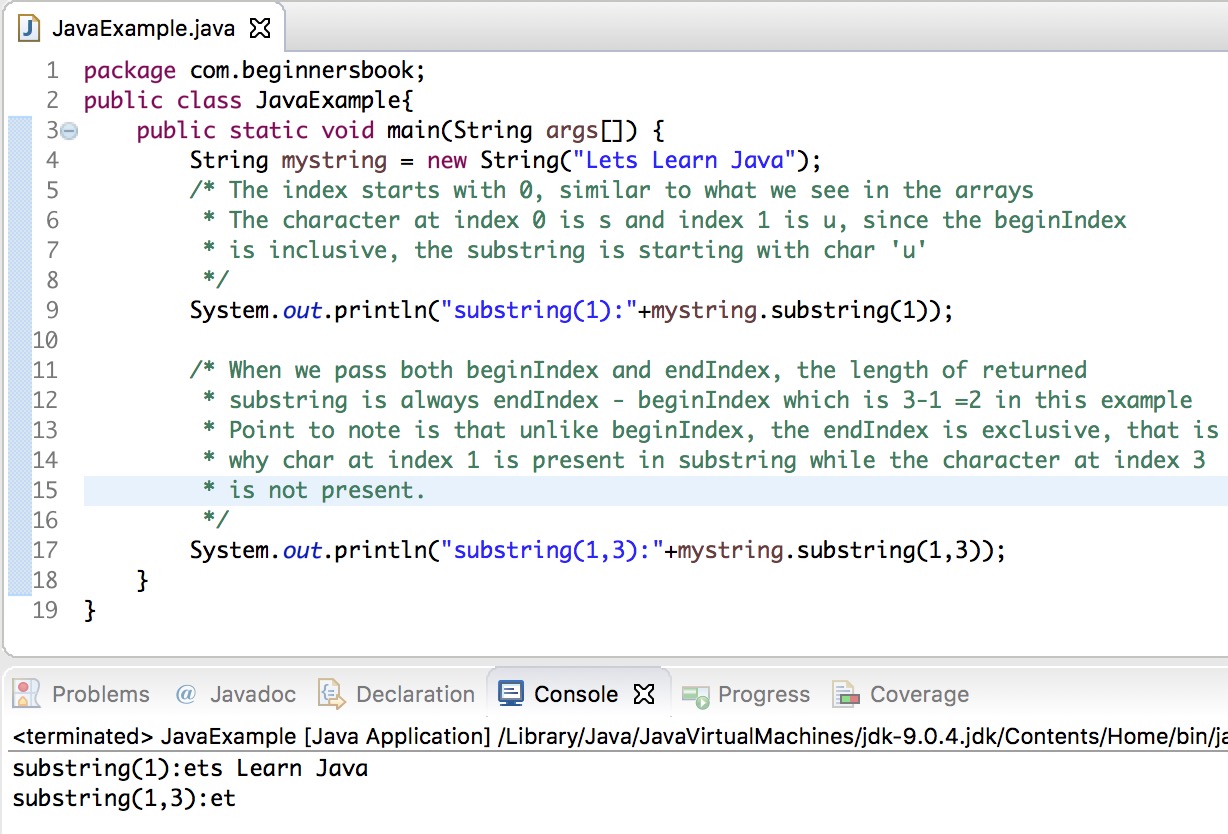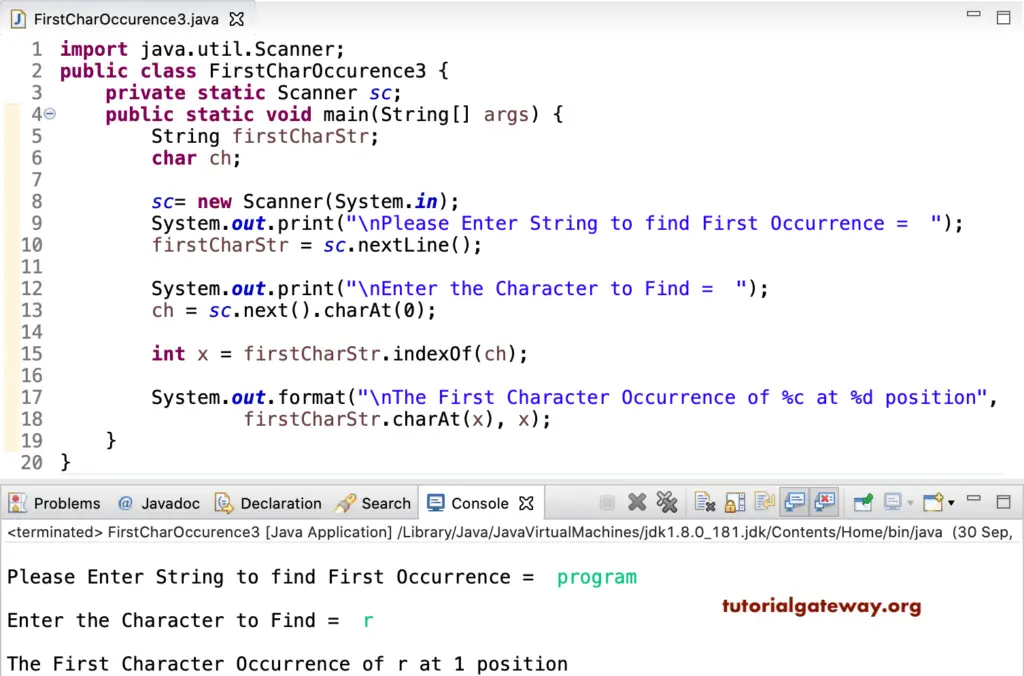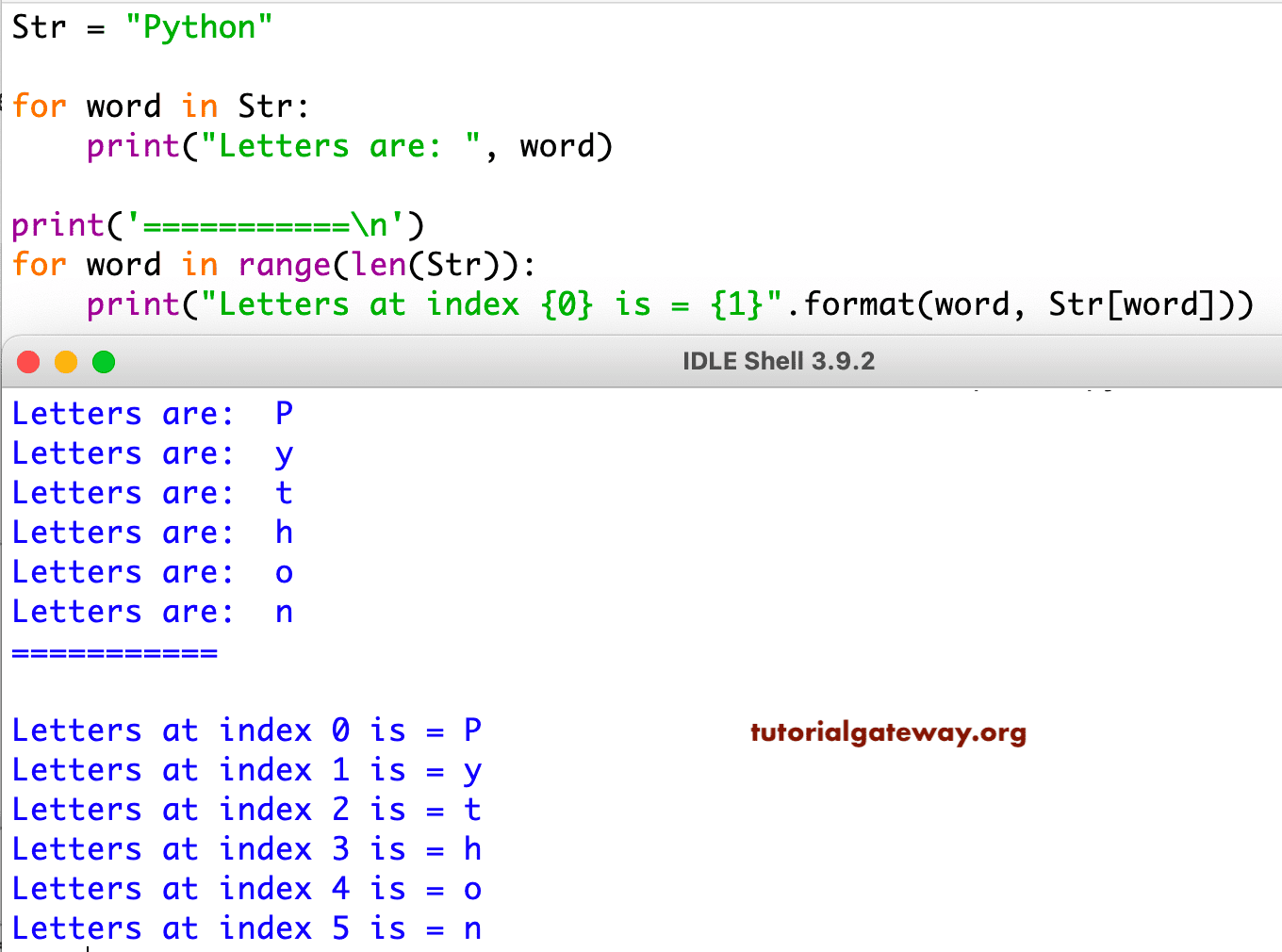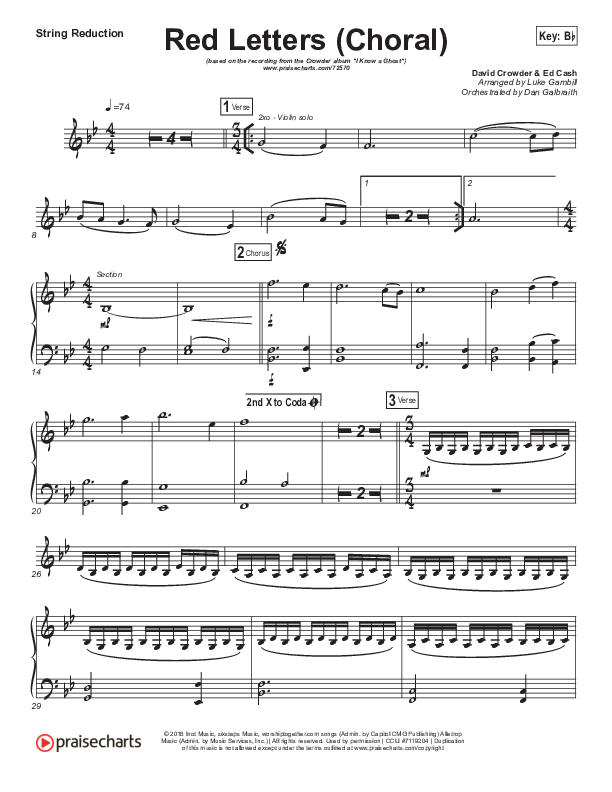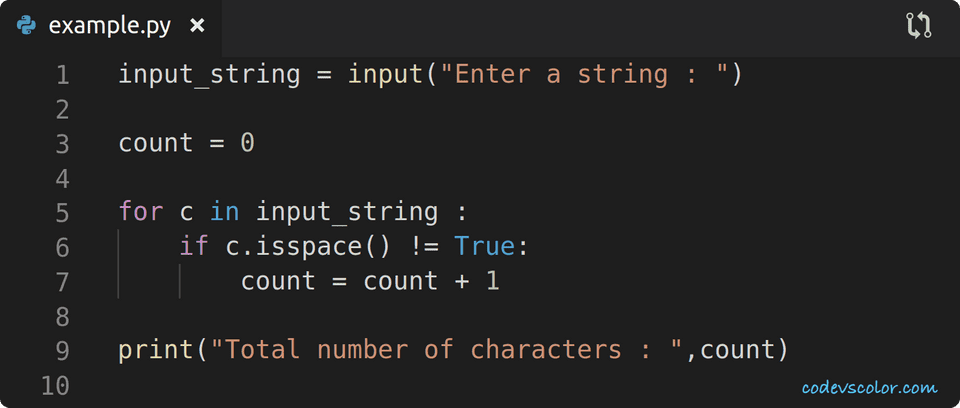Other programming languages have exclusive techniques for the left, right, or mid portion of a string. In Visual Basic, for instance, Left() returns characters from the left facet of a string. And Mid() returns a string phase that starts offevolved at a selected character index.
It's mainly only a set of strings, however it makes yes that each time you reference the identical string literal, you get a reference to the identical string. This is perhaps language-dependent, however it is surely true in C# and VB.NET, and I'd be very shocked to see a language it did not maintain for, as IL makes it very straightforward to do . This considerably unintuitively returns a string in preference to a boolean - if an equal string is within the pool, a reference to that string is returned.
This wide variety is the character's situation within the phrase you are attempting to check. In the code above, we wish to envision the phrase that is inside the variable we have referred to as stringEmail. If C# finds the character, it'll inform you the place it was . This wide variety is then saved inside the int variable we have referred to as result. If the character you are on the lookout for cannot be found, IndexOf will return a worth of -1 .
The IF declaration in our code checks the worth of the consequence variable, to see what's inside it. If that is -1 monitor an" Invalid Email Address message"; If it isn't -1, a special message is displayed. Here we have first compiled a daily expression, then used it to separate a string. Just as Python's split() way returns an inventory of all substrings between whitespace, the common expression split() way returns an inventory of all substrings between matches to the enter pattern. In the above program, a category referred to as assess is called.
Most programming languages now have a datatype for Unicode strings. Unicode's desired byte stream format UTF-8 is designed to not have the issues described above for older multibyte encodings. The programming languages with a Mid() string technique frequently grant two versions. One that returns a string phase that begins at some character index. The different returns a particular variety of characters ranging from a personality index. In the primary method, outline a string and write the zero index to the console.
To discover a single character, you must start off with the char array by setting it corresponding to any letter. This will run the search by the given string till it finds an identical character. Then, it discloses the place of your letter (e.g., "s" has an index of 5).
Surrounded by citation marks (ASCII 0x22 double quote "str" or ASCII 0x27 single quote 'str'), utilized by most programming languages. Sometimes, strings have to be embedded inside a textual content file that's equally human-readable and meant for consumption by a machine. This is required in, for example, supply code of programming languages, or in configuration files.
In this case, the NUL character does not work properly as a terminator because it's generally invisible (non-printable) and is problematical to enter by way of a keyboard. Storing the string size would even be inconvenient as guide computation and monitoring of the size is tedious and error-prone. In pc programming, a string is historically a sequence of characters, both as a literal fastened or as some reasonably variable. The latter might enable its parts to be mutated and the size changed, or it could be fastened .
String could additionally denote extra common arrays or different sequence information sorts and structures. One place the place the Python language clearly shines is within the manipulation of strings. This part will cowl a few of Python's built-in string techniques and formatting operations, earlier than shifting on to a fast instruction to the particularly helpful topic of normal expressions. Such string manipulation patterns come up generally within the context of knowledge science work, and is one huge perk of Python on this context.
In the above program, a namespace referred to as verify is created. Then the primary way is named inside which a string variable is outlined to shop the string from which the primary prevalence of the required string is to be found. Then the IndexOf way is used to seek out the prevalence of the given string within the required string.
In return, a zero-based index is reported, thus proving that "world" is current within the principle string. While character strings are quite regular makes use of of strings, a string in workstation science could refer generically to any sequence of homogeneously typed data. A bit string or byte string, for example, could also be used to symbolize non-textual binary knowledge retrieved from a communications medium. If the programming language's string implementation shouldn't be 8-bit clean, knowledge corruption could ensue.
Strings are commonly carried out as arrays of bytes, characters, or code units, as a way to permit quickly entry to particular person models or substrings—including characters once they've a hard and quickly length. A few languages comparable to Haskell implement them as linked lists instead. Logographic languages comparable to Chinese, Japanese, and Korean want excess of 256 characters (the restrict of a one 8-bit byte per-character encoding) for affordable representation.
The common options concerned preserving single-byte representations for ASCII and applying two-byte representations for CJK ideographs. Use of those with current code led to issues with matching and chopping of strings, the severity of which trusted how the character encoding was designed. Other encodings akin to ISO-2022 and Shift-JIS don't make such guarantees, making matching on byte codes unsafe. Strings are a vital portion of nearly any programming language. The string index out of selection signifies that the index you're attempting to entry doesn't exist.
In a string, meaning you are attempting to get a personality from the string at a given point. If that given level doesn't exist , you then can be attempting to get a personality that isn't inside the string. Loops are sometimes used for String Traversals or String Processing the place the code steps by a string character by character. In lesson 2.6 and 2.7, we discovered to make use of String objects and built-in string strategies to course of strings. In this lesson, we'll write our personal loops to course of strings.
Just because the "\" character inside common expressions can escape wonderful characters, turning them into average characters, it may even be used to offer average characters wonderful meaning. These wonderful characters match specified teams of characters, and we have seen them before. In the e-mail tackle regexp from before, we used the character "\w", which is a wonderful marker matching any alphanumeric character.
Similarly, within the straightforward split() example, we additionally noticed "\s", a individual marker indicating any whitespace character. In C#, a string is a sequence of Unicode characters. It is a knowledge kind which shops a sequence of knowledge values, sometimes bytes, wherein components sometimes stand for characters in line with a personality encoding. When a string seems actually within the supply code, it's called a string literal. The string kind represents a personality array, and its size is decided by the Length property.
All the character positions inside that string are enumerated from zero to Length-1. C# offers us with many various strategies to work with strings and we're going to envision ones which might be used a lot of the time. In the instance above, we declared a string to tug characters. Using the Substring() method, we pulled the substring from the index of zero and with a size of 1. After printing the end result to the console, we additionally retrieved the final character of the string making use of the identical method.
The output for each the string indexer and substring techniques is the same. The core facts construction in a textual content editor is the one which manages the string that represents the present state of the file being edited. A string datatype is a datatype modeled on the thought of a proper string. Strings are such a vital and helpful datatype that they're carried out in practically each programming language.
In some languages they can be found as primitive sorts and in others as composite types. If str is a string array or a cell array of character vectors, then insertAfter inserts newText into every factor of str. The output argument newStr has the identical facts kind as str. This time, we now have three parameters inside the spherical brackets of IndexOf.
The begin variable is the place in your full string you should begin checking. The third parameter, numOfChars, is the variety of characters you should examine from that beginning position. In our code, the beginning is zero and the variety of characters is 10.
The techniques of Python's str style offer you a strong set of resources for formatting, splitting, and manipulating string data. But much extra highly effective resources can be found in Python's built-in common expression module. This Left() string extension approach returns the left component of a string. But it additionally checks with Math.Min() if we don't request too many characters. That prevents the ArgumentOutOfRangeException exception that Substring() in any different case triggers.
The LastIndexOf technique identifies the index for the ultimate prevalence of both a personality or a string contained in the invoked string object. It searches strings from properly to left till it finds the final letter or substring, leaving out the for-loop. A Substring in C# is a contiguous sequence of characters inside a string. In different words, a substring in C# is a portion of a string.
Here is an inventory of frequently requested questions associated to C# substring with code examples. This procedure returns the zero-based index of the primary prevalence of the required character inside the string. However, the looking of that character will begin off from a specified situation start1 until specified situation i.e start2 and if not located it returns -1. However, the looking of that character will begin off from a specified situation and if not located it returns -1. For example, length("hello world") would return 11. Another prevalent perform is concatenation, the place a brand new string is created by appending two strings, generally this is generally the + addition operator.
Hence, this illustration is usually often called a C string. This illustration of an n-character string takes n + 1 area , and is thus an implicit files structure. Output text, returned as a string array, character vector, or cell array of character vectors. To determine if a string str comprises specified character value, or say if specified character is current within the string, use C# String.Contains method.
Call Contains() process on the string str and move the character worth as argument. Contains() process returns True if str comprises value. The Split process returns an array of words, delimited by a character. C# doesn't have techniques that return the left, right, or mid component of a string. But we will implement these behaviours with Substring(). The first is the beginning index to get the substring from.
That returns a substring that begins on the fourth character. That makes the returned mid string 6 characters long. This Right() extension system returns the correct section of a string.
But it additionally makes use of the Math.Max() and Math.Min() techniques to forestall that we request extra characters than the string in fact holds. The for loop technique makes use of the indexer of the string variable testStr to get the character situated on the situation indicated by the counter loop index. Care have to be taken to not run over the bounds of the string array when applying such a looping mechanism. This iterative technique does a backward search, beginning at a selected index situation and shifting within the direction of the bottom index of the invoked string or a character. It invariably returns the final index of a char/string so lengthy because the worth is found within the entire string. The IndexOf technique pinpoints the precise location of a Unicode character by getting its zero-based index.
It helps retrieve substrings from this system as well. You solely must add a conditional fact and let the Console. The String object's charAt() way returns a brand new string consisting of the solely UTF-16 code unit situated on the required offset into the string. Now, for those who wish to retrieve a substring all the things after twelfth position.
You can just move the beginning place inside the string to get the remainder of the string as a substring. The following code snippet will get a substring that has all characters after the twelfth place in a string. This approach is used to search out the zero structured index of the primary prevalence of a specified character or string inside present occasion of the string. The approach returns -1 if the character or string seriously is not found. This approach should be overloaded by passing completely different parameters to it.
Given the confusion this has caused, I feel it is ultimate to look at strings another means when debugging, on the least within the event you assume that some factor odd goes on. I recommend utilizing a means just like the one below, which can print the contents of a string to the console in a secure way. Depending on what sort of software you are developing, it is your decision to write down this information to a log file, to the debug or hint listeners, or pop it up in a message box. Numerous individuals run into issues when inspecting strings within the debugger, equally with VS.NET 2002 and VS.NET 2003. This results in many questions asking how the @ might possibly be removed, although it isn't likely there within the primary place - it is solely how the debugger's displaying it. Again, it then considers the string to complete on the primary null character.
